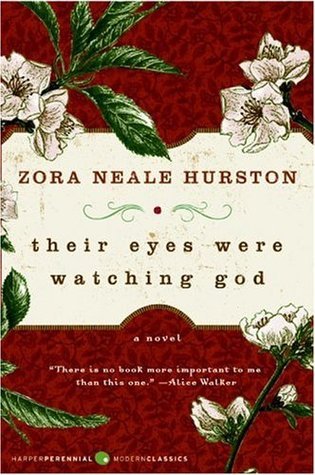Afterword
byAfterword In the afterword to Their Eyes Were Watching God, Henry Louis Gates Jr. reflects on the literary legacy of Zora Neale Hurston, whose profound influence was not fully appreciated during her lifetime. A graduate of Barnard College, Hurston authored several works, including Jonah’s Gourd Vine, Mules and Men, and Seraph on the Suwanee, but her refusal to conform to the expectations of mainstream literature contributed to her marginalization. Hurston’s complex identity, resisting simple labels such as “radical” or “conservative,” made it difficult for critics and scholars to categorize her neatly, which resulted in an incomplete understanding of her legacy at the time.
Gates highlights the resurgence of interest in Hurston’s work, particularly among African American women writers, who have embraced her as a foundational figure in the literary exploration of Black identity. This renewed recognition was significantly fueled by Alice Walker’s influential 1975 essay, which introduced Hurston as a beacon for Black women’s search for self and tradition. Hurston’s signature use of African American vernacular is central to her storytelling style, especially in Their Eyes Were Watching God, where the protagonist, Janie Crawford, transforms from an object of her husbands’ desires to a woman asserting her independence. Gates emphasizes that this narrative not only fits into feminist discourse but also serves as an essential text that questions traditional gender roles, marking Hurston’s work as a pivotal contribution to modern feminist thought.
Gates also explores the contrast between Hurston’s portrayal of her relationship with her mother in her autobiography Dust Tracks on a Road and Richard Wright’s depiction of his own maternal relationship in Black Boy. While Hurston presents her experience as a journey toward finding her voice, Wright frames his own maternal bond in terms of pain and emotional estrangement. This divergence in their autobiographical portrayals exemplifies the differences in their approaches to literature, where Hurston’s focus is on emotional connection and self-discovery, while Wright emphasizes trauma and alienation. Gates uses this comparison to demonstrate how Hurston’s narrative of personal growth and self-expression stands in contrast to the more critical and painful portrayals of African American life in literature.
Gates critiques the social climate that pigeonholed Black literature, particularly during Hurston’s time, noting that her more optimistic and celebratory depiction of Black identity was dismissed by some as politically outdated. Hurston’s focus on portraying Black life with dignity, joy, and complexity went against the prevailing narratives that emphasized struggle and victimhood. Gates argues that this disconnect with contemporary political movements and criticism led to Hurston’s underappreciation, despite the enduring relevance of her work. The recent revival of interest in her writing highlights how her refusal to adhere to mainstream political and social expectations ultimately contributed to a legacy that resonates more strongly in contemporary discussions about race, gender, and cultural identity.
In the concluding sections, Gates delves into the stylistic complexities that set Hurston apart, noting her dual identity as both a woman and a Black American artist. Hurston’s works are marked by a deep engagement with language, culture, and identity, showcasing her unparalleled ability to blend personal narrative with broader societal observations. Gates asserts that her influence continues to be felt in contemporary literature, as Hurston’s work inspires new generations of writers and scholars who look to her as a model of artistic integrity and cultural insight. Hurston’s lasting impact lies not only in her literary achievements but also in her ability to capture the multifaceted experience of Black life in America. Her art, with its blend of folklore, history, and personal expression, remains a powerful testament to the strength of identity and the pursuit of truth through storytelling.

